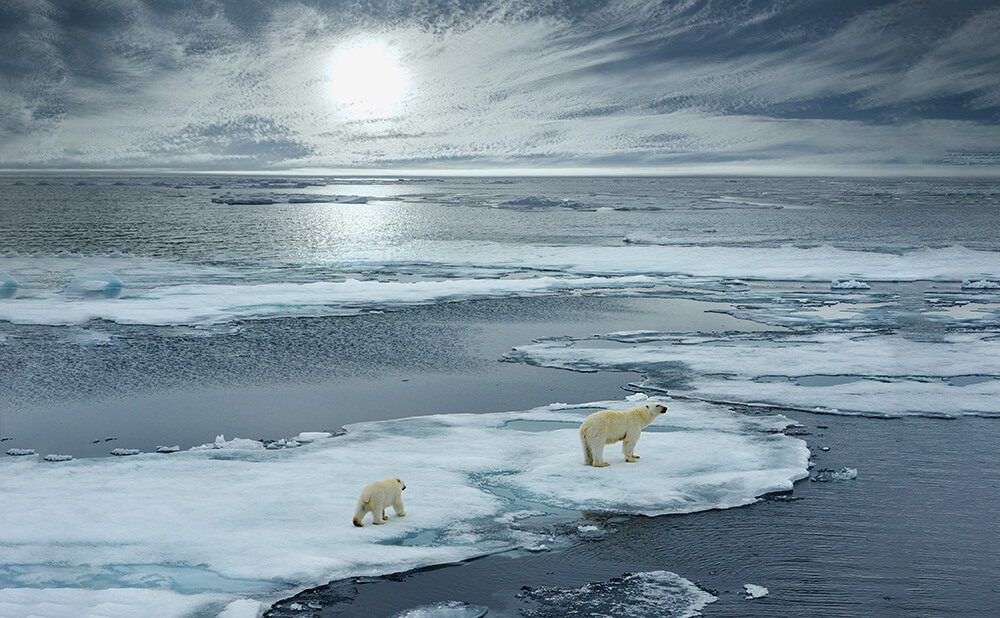In 2023 it became increasingly difficult to ignore the effects of climate change. With scorching temperatures recorded in various locations across the globe, 2023 was the hottest year on record.
As temperatures soared in Europe, people were seeing the effects of climate change first hand and it came as a very real warning of the impact we are having on the planet.
But out of sight in the Arctic, things are moving at a far more rapid pace. The Arctic is heating up four times faster than the rest of the planet and it is thought that a reduction in sunlight reflectivity is the cause of this ‘supercharged’ warming.
Researchers at Sandia National Laboratories have just analysed previously unpublished data from radiometers on GPS satellites and have revealed a 20% to 35% decrease in total reflectivity over the Arctic summer.
They attribute one third of the loss of reflectivity to fully melted ice, while the other two thirds are thought to be caused by the weathering of the remaining ice, which can be thinner and contain melt ponds.
As the sea ice melts, it exposes the darker water below to sunlight. Unlike the sea ice, which reflects the heat, the ocean’s surface absorbs it, allowing more heat to enter the Arctic system and, in turn, more sea ice to melt. It is a vicious circle and one that will have an impact, not just on the Arctic region, but the world as a whole.

